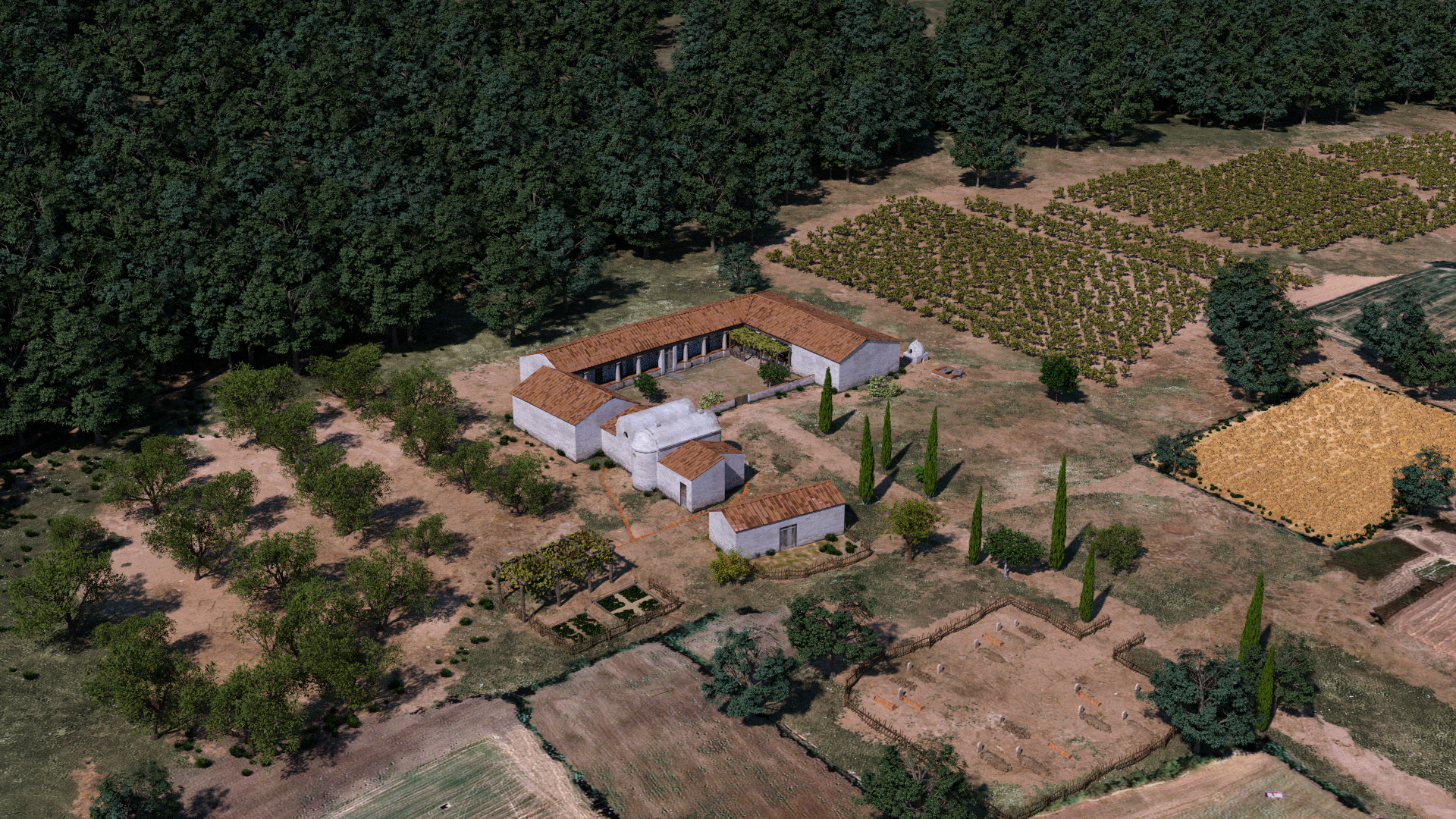
Origin and cultural evolution of Homo erectus in East Africa
The disappearance of the earliest human culture, the Oldowan, and its substitution by a new technology, the Acheulean, is one of the main topics in modern Palaeolithic Archaeology. Recent research has established that the Acheulean emerged originally in East Africa around 1.7-1.6 million years ago, and from that area expanded across the rest of Africa, Europe and parts of Asia. However, despite the great relevance of the Oldowan- Acheulean transition, little is known about the biological and cultural evolutionary mechanisms underlying this process. Traditionally, it has been assumed that this major cultural change was ignited by the emergence of a new human species, Homo ergaster/ erectus, and that there was a steady technological evolution during the Oldowan that eventually led to the emergence of the Acheulean handaxes. However, these assumptions are not grounded in the current available evidence, but rooted in cultural-history paradigms that should now be superseded.
Eastern Africa is the region where the earliest Acheulean is first found, and where the traditional view of the Oldowan-Acheulean transition has been established. Most research projects focus on one single site or archaeological sequence in one country, whereas transnational projects with multidisciplinary scopes and wide, far-reaching objectives are rare. Our project aims to solve this problem by conducting a comprehensive research program across eastern Africa, based on the retrieval of fresh data derived from new laboratory and fieldwork research. The multidisciplinary character of our project is providing an integrative perspective to the analysis of the paleoecology, archaeology, geology and geochronology of the early Acheulean and Homo erectus in eastern Africa. Using an innovative theoretical perspective that combines interests in cultural change, ecological adaptations, and biological evolution, and state-of-the-art methods in archaeology, geology, and taphonomy, this project aims to achieve a full picture understanding of the evolutionary processes that led to the emergence of Homo erectus and the Acheulean, the longest lasting culture in the history of humankind.

Period
Lower and middle Pleistocene (between 1.9 and 0.15 million years ago).
Institution
Institute of History, Consejo Superior de Investigaciones Científicas.
Web and social networks
Principal Investigators
Dr. Ignacio de la Torre
Institute of History, Consejo Superior de Investigaciones Científicas.
Location
Olduvai Gorge, Tanzania and Mieso in Ethiopia
LOCATION
RESULTS
The African Rift Valley presents the longest and most continuous archaeological sequence of the entire Lower and Middle Pleistocene worldwide. The research that the PI has led in Ethiopia and Tanzania (de la Torre et al., eds, 2018) in recent years has provided the empirical, methodological, and logistical basis for developing a long-term research project focused on the ecological, cultural, and adaptive dynamics of hominins that occupied the region between 1.7 and 0.2 million years ago.
- Continue the consolidation of this line of research into a paleoecological and archaeological sequence for the Lower Pleistocene that serves as a reference to compare the global record pertaining to this period.
- Multidisciplinary approach to the archaeological record, ranging from the regional to the microscopic scale, the systematic use of GIS tools, the detailed analysis of site formation processes and the comprehensive study of the associated geological and paleoecological contexts.
- Innovative nature of field and laboratory methodologies. This element of methodological innovation has become an international reference in recent years, and it is hoped that in the future we will continue to explore the digital and spatial tools that are currently being promoted in our lines of research.
Together with these components of methodological innovation, the originality of our proposal includes a transversal perspective in the study of Lower Paleolithic societies.
FOTOS
VIDEO
- Human sacrifices found in a Bronze Age tomb in Turkey were mostly teenage girls (Live Science 27/03/2025) - 31 March, 2025
- Schliemann Was Right: In Troy, Not Only the Elites Drank Wine, but Also the Common People (La Brújula Verde 27/03/2025) - 31 March, 2025
- What makes the human brain unique? We compared it with monkeys and apes to find out (The Conversation 24/03/2025) - 31 March, 2025























